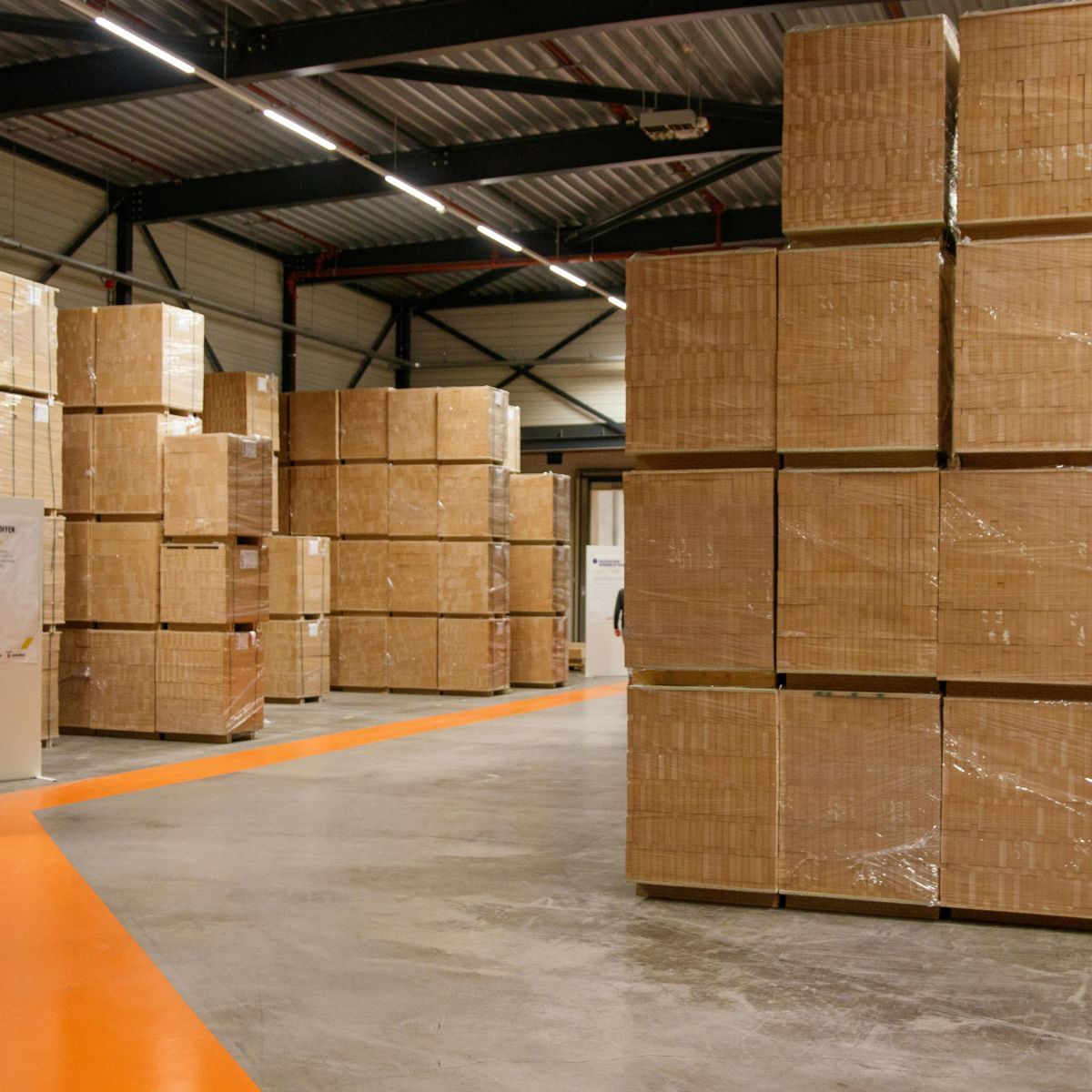Understanding Your Company’s Carbon Footprint
What is a carbon footprint?
A carbon footprint is the total amount of carbon dioxide (CO₂) and other greenhouse gases (GHGs) emitted by an activity, product, event, person, or organization. It is measured in tonnes of CO₂ equivalent (tCO₂e).
Why calculate it?

Companies usually calculate their carbon footprint to:
Manage emissions more precisely and plan reduction measures and cost savings
Benchmark within their sector
Report to customers, investors, and regulators
Reduce exposure to fossil-fuel and carbon-price risks
Communicate sustainability progress to the market
The calculation is only the start. The real value is identifying the activities that drive the most emissions and prioritizing actions that improve energy efficiency and reduce environmental impact.
The three scopes of emissions
Scope 1 — Direct

Emissions from sources owned or controlled by the company.
Examples:
Fuel burned on site (boilers, furnaces) and in company vehicles
Process emissions from manufacturing
Refrigerant leaks from HVAC or cooling equipment
Scope 2 — Indirect (purchased energy)

Emissions from the generation of purchased electricity, heat, steam, or cooling used by the company.
Examples:
Emissions from the power plant producing your electricity
Emissions from district heating or steam supplied to your site
Scope 3 — Other indirect (value chain)

All other indirect emissions across the value chain that are not in Scope 1 or 2. These are often the largest and hardest to measure.
Examples:
Production of purchased raw materials and components
Upstream and downstream transport and distribution
Business travel and employee commuting
Waste treatment and disposal
Use and end-of-life of sold products
Emissions related to investments, financing, leases, and franchises
Scope 3 provides a full picture of your impact across the product life cycle.
Why reducing your footprint matters
Measuring and reducing emissions supports credible climate strategies and delivers real environmental benefits. It is also a practical way to advance sustainability and limit the risks and costs associated with climate change.

What it means for business
Reducing a company’s carbon footprint can:
Increase competitiveness – Sustainability is a key factor for customers and partners.
Improve reputation – Responsible operations attract stakeholders who value environmental performance.
Cut costs – Better energy and resource management leads to long-term savings.
Getting started (quick guide)
Set the boundary: Decide which sites, activities, and products are in scope.
Collect data: Energy use, fuels, travel, waste, procurement, logistics, product use, etc.
Calculate emissions: Convert activity data into tCO₂e using recognized factors.
Identify hotspots: Focus on the sources that drive the majority of emissions.
Act: Improve efficiency, switch to renewables, redesign products, optimize logistics, engage suppliers.
Track and report: Set targets, monitor progress, and report transparently.






















